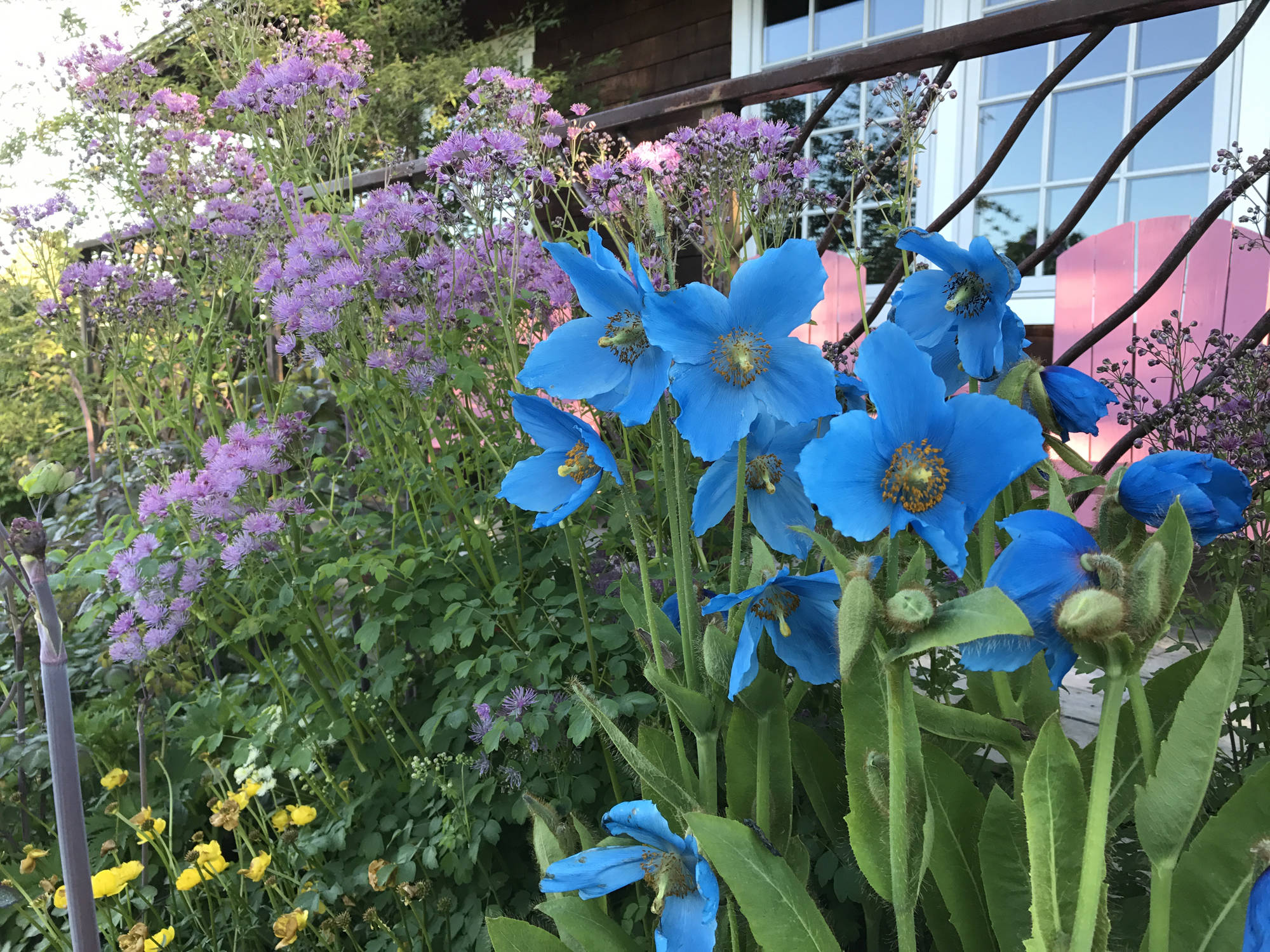Sandhill crane mayhem. There they are, flinging seedlings over their shoulders, digging potatoes and drilling them full of holes with their powerful beaks. All with the insouciance of a teenager. No amount of banging on pots and pans or shouting will divert their focus. Whew.
Who knew? With their arrival each spring we mere earthbound humans look upon them with awe, welcome them as a sure sign of spring.
And then they start gobbling up the raspberries or whatever else they take a fancy to. Goodness.
We here on this one-third acre plot have a Jade the Dog. Although she has a very healthy respect (fear?) of the cranes all 75 pounds of her canine presence has, so far, kept the miscreants at bay. It is my neighbors who are woebegone, telling tales of frustration. How has our relationship with these magnificent creatures come to this? Allow me to hazard a guess: gee, could some of those neighbors be feeding them corn?
Allow me to continue my avian theme: there I was (no Jade the Dog) gardening to my heart’s content and lo, a frantic quacking ensues. Quacking? Quacking. Thud, a female mallard makes a very ungraceful landing just a few feet from me.
Welcome, I say.
Quack, she says.
Quack, quack, quack while she runs around. Off she goes and no sooner does she take flight, still quacking, and here comes peep, peep, peep — two of the tiniest, cutest, adorable ducklings. Ducklings. In my lawn. Hunh? They run around peeping to beat the band, I can hear the mother quacking like crazy off in the meadow. Under the gate they go, back they come a veritable cacophony of duck language.
I’m thinking the mother should just shut up and listen (this could hold true for most mothers), but no. Eventually, she finds at least one. The other is sticking around with me but runs off and, hopefully found its family. Drama in the garden. I just can’t imagine where that duck nest could possibly be.
Next up are the destroyed raspberry plants that welcomed me one recent morning. There is only one creature that could possibly find raspberry canes appealing. Porcupine. Drat. The moose fence is no problem for these creatures. Over, under, around, whatever it takes to make life miserable. We all know what we don’t like about these creatures but, really think about this, what good are they? What is their role in the big picture?
So, like anyone else with a curious mind, I Googled “porcupine.” Nope. I did NOT find the answer to my burning question. What is there about these beasts that will convince me to not hate them, especially after the raspberry destruction? So I asked a bona fide wildlife biologist. I warned her that I had already done a Google search and was unsatisfied with the results.
What does she know? Hmm, says she, I’ll look into this. … Still waiting.
In the meantime, it has returned, torn up more raspberries and now is moving to the Theresa Bugnet roses who, most definitely, do NOT deserve this kind of treatment. What should we do? Here within the limits of “The City That Works” we haven’t any recourse. We certainly can’t ask Jade the Dog to come to our aid. What is the answer here? Is there an answer? Once I find out what they are truly good for I may feel better about this. There must be SOMETHING. I am waiting with bated breath.
While on the topic of urban wildlife lets turn our attention to our son Darren’s plight. He and his family live just a little ways up East Hill. Every spring they have the honor of hosting a cow moose while she gives birth to twins, mothers them in the safe confines of his yard, and finally moves along after a month. A month. It is a truly awesome experience. But, in light of the moose traffic, he has chosen to plant lilacs, roses and mock orange which all seem capable of taking a beating from moose nibbles.
As for vegetables, he has opted to use containers on the deck. He refers to the whole set up as his urban garden.
It’s working and that, really, is all that matters.
Rosemary Fitzpatrick is a longtime Homer gardener. She has been writing The Kachemak Gardener since 1990.


